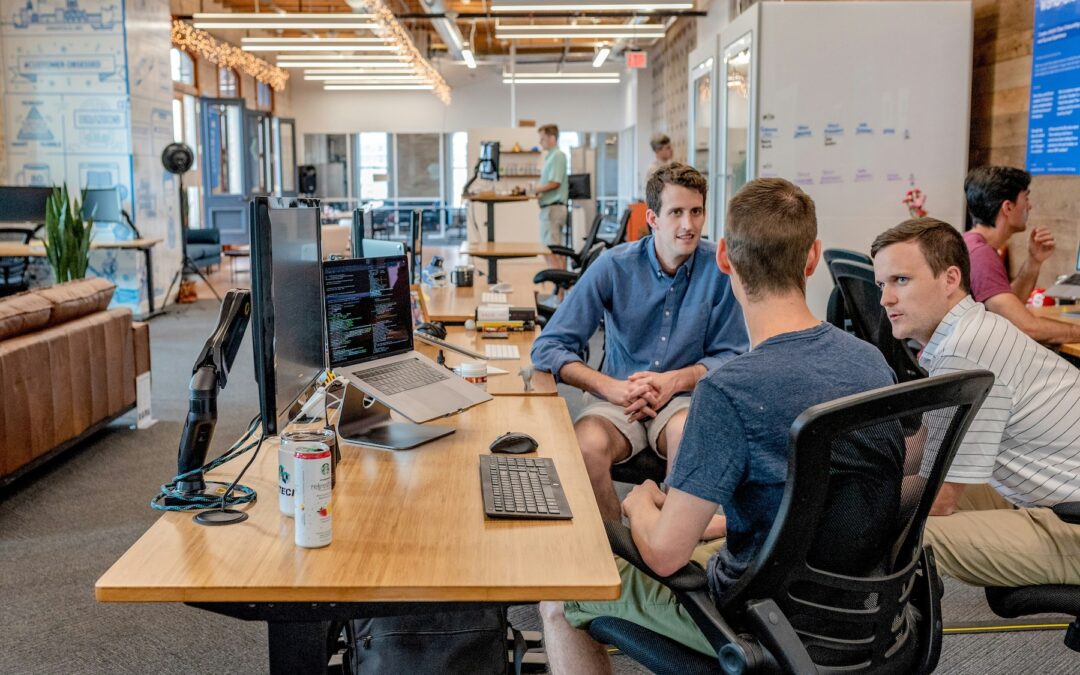Regardless of whether or not you aced your exam on color theory, or got a 100% on that design principles project, there are certain things about design that you just can’t learn from a textbook. Things that are a byproduct of experience, and experience only. This is not to say that knowledge and practice don’t go hand in hand, but actually doing makes all the difference in polishing your design chops.
I’ve been a student at Indiana University for three years now studying Media Advertising, with a focus in Creative Advertising. As you can imagine, I’ve spent my fair share of time in a classroom by now. But even in school, they encourage you to get out there and gain real world experience. I had my first taste of an internship last semester, and I couldn’t wait to continue learning in the real world. That’s how I ended up here at Radius this summer.
The Art of Brainstorming
We’ve all done it – just stare blankly at our computer screen, waiting for inspiration to strike. In the past, I just walk away from it, work on other projects and come back to it the next day. Since working in more professional settings, it’s pushed me to learn how to brainstorm and get the ball rolling.
The main thing that I’ve learned is that there is nothing wrong with taking inspiration from others. The Internet is your oyster to find new layouts, color palettes, fonts, and ideas. Pulling bits and pieces of inspiration from others helps you learn new skills and fine tune your own personal style.
Another lesson I’ve learned is to not limit yourself to one project at a time. Working on multiple projects allows you the freedom to take your mind off the one that is frustrating you and shift your focus to something else. Sometimes that’s all you need, just to take your mind off of it and work on something else. Then, when you come back to it, your mind will be refreshed and ready to work.
Function First
This is a lesson that I am still learning every day, but it may be one of the most important. A perfectly balanced, incredible design is worthless if it doesn’t convey your message. If you don’t get your message across, you don’t get results. Important messaging needs prioritized and it’s your job to mesh your aesthetic vision with the purpose of the design. So start with the purpose – what do you want to catch the viewer’s eye first? That’s where you should begin your design and then work out to the smaller elements.
Discussing Your Work
Although this is something that I learned in school, it’s not something I’ve had to practice until I crossed the bridge into the professional world. Any time you create something, it’s important to recognize what choices you made and why you made those choices. Why did you use blue instead of green? Why is that text at the top and not the bottom? Being able to back up your design decisions allows you to prove the value of your work to your client and justify why it’s effective.
The Client Comes First
Sometimes, a client will have a vision that is just about as far from yours as you can get. So whose vision do you go with? That’s a tough question, and one that doesn’t have a clear answer. Meeting the client’s needs is the ultimate goal that should be honored at all stages of the process. But there’s also a reason that you were hired. You have the expertise, and again, the ability to explain to the client why your design is effective. Compromise is key in meshing your design vision with the wants and needs of the client. Coming from a classroom, I wasn’t used to that. You get an assignment, do your best, turn it in and that’s that. I’ve learned that in the real world there’s a lot more back and forth. In the end, it’s important to recognize that your purpose is to fulfill the client’s purpose.
Know When to Stop
Of course, there is always room for improvement. This photo needs brightened, that color needs tweaked, this spacing is lopsided. While it’s important to acknowledge and listen to the perfectionist inside of you, it’s even more important to know when its overkill. To know when to stop nitpicking, hit save and be proud of your work; the sweet spot between creating work you’re proud of, but not wasting time and energy.
Knowledge is the first step, but learning does not stop outside of the classroom. What I’ve been taught has set me up to successfully learn through my experiences. Theory and principle can be mastered from a textbook, but in order to acquire a design eye, hands on experience is the only way to go.





0 Comments